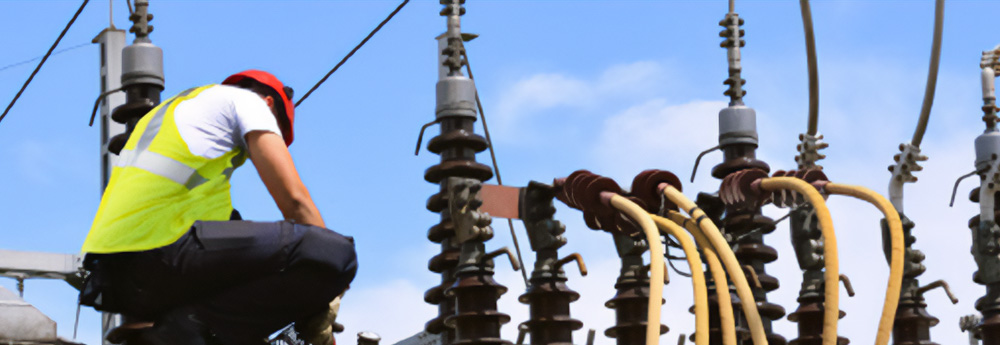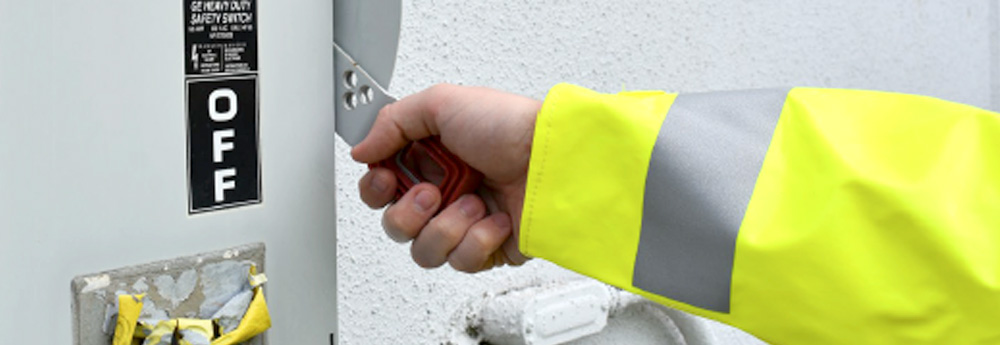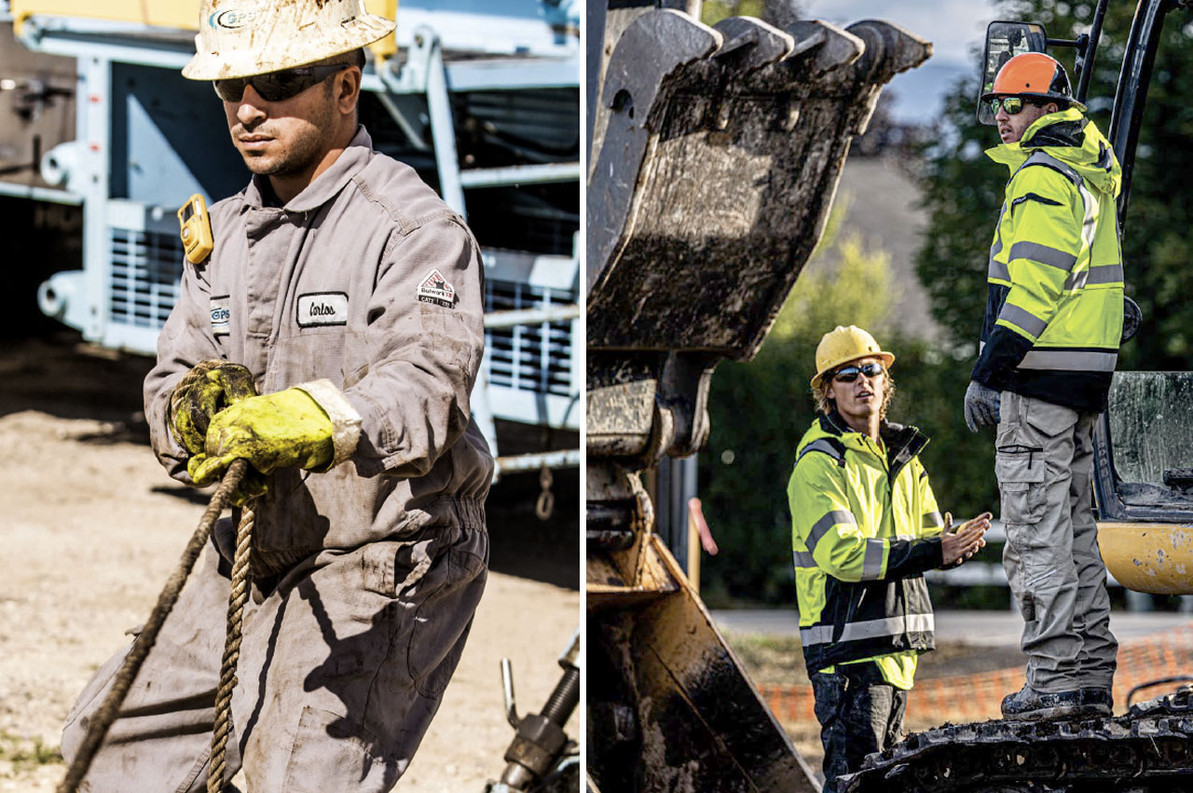What are FR Certifications and Standards All About?
FR Certification is all about ensuring worker safety through the provision of Flame Resistant (FR) clothing designed to defend against fire-related hazards in various work settings. Notably, companies like Safety Smart Gear have embraced this safety initiative, offering a wide array of certified FR apparel to diverse industries.
FR Certification of apparel involves rigorous testing against established flame resistant standards. Consequently, the safety clothing, such as protective garments for utility workers, oilfield garments, or FR safety vests, FRC shirts, and FR coveralls, are rated as per ARC ratings, which represent the clothing's resistance level against electrical arc flash exposures. Some garments provide dual protection with Hi Vis and FR for full compliance.

Should I Be Concerned About Flame Resistant Standards and Certification?
Flame Resistant Clothing (FRC) is an indispensable part of the safety gear for industries confronted with potential fire hazards. Its function and effectiveness are determined by specific ratings set by prime safety institutions globally.

NFPA - National Fire Protection Association
The NFPA 2112 rating is primarily tailored for the oil and gas industry. It provides benchmark for Flash Fire Protection garments that safeguards workers from brief, intense exposures to flames. This rating measures how the fabric performs in pessimistic conditions and evaluates the thermal insulation and heat transfer aspects.
NESC - National Electrical Safety Code
The NESC focuses on Arc Flash Protection, crucial for Electric Utility companies. The safety measures mitigate the impact of an electrical arc flash, providing enhanced protection against this unique hazard prevalent in electrical environments.
70E / ASTM F1506 / General Industry
The 70E/ASTM F1506 ratings cater to General Industries. Rated FRCs under these standards are laboratory-tested for Arc Flash and Electric Arc scenarios, safeguarding workers from thermal injuries.

HRC - Hazard Risk Category and ATPV - Arc Thermal Performance Value
Lastly, the Hazard Risk Categories (HRCs) offer four levels of flash fire protection, from HRC 1 (minimal protection) to HRC 4 (most protective). Each level prescribes a minimum Arc Thermal Performance Value (ATPV) for the clothing, providing a clear guide to select the appropriate FRC for a specific risk level.

Choose the Correct Type of FR Safety Clothing
Safety Smart Gear, a leader in safety clothing and construction apparel, champions for the provision of ANSI compliant apparel, spotlighting its role in enhancing job compliance. The company's extensive online catalog features high visibility and flame resistant work wear that meets specific work and job requirements across sectors. This includes construction, energy fields, utilities, warehouse, and airlines, amongst others.
Adopting certified FR clothing from Safety Smart Gear not only elevates safety but also fuels the company's mantra, 'Be Seen, Be Safe, Be Smart.' Making the smart choice today could spell the difference between life and death, especially in high-risk occupational environments.
Recent Posts
-
Made In USA Safety Clothing
Benefits of Made in USA Safety Clothing Making Safe Choices with USA-Made Safety Clothing When …Apr 14th 2025 -
Protect Public Events From Hostile Vehicles
The escalating number of vehicle-ramming incidents, whether deliberate or unintended, has underscore …Mar 13th 2025 -
Insulating Gloves & Sleeves - ASTM F496-24 Changes
Rubber insulating gloves and sleeves are essential personal protective equipment for individuals per …Feb 28th 2025




